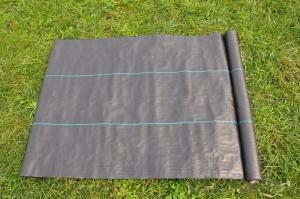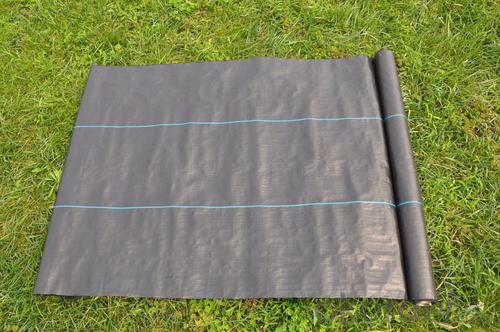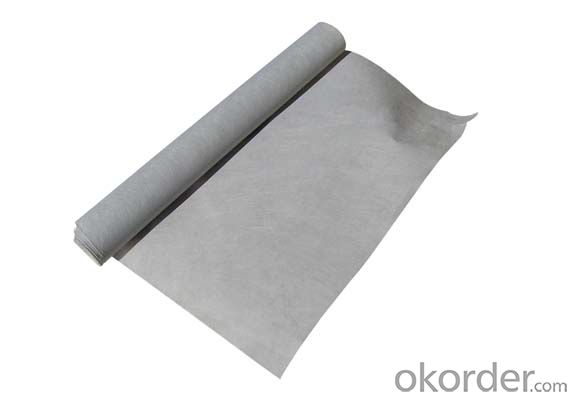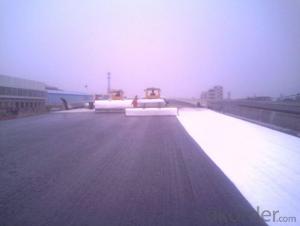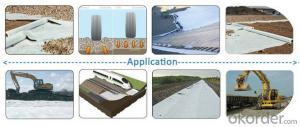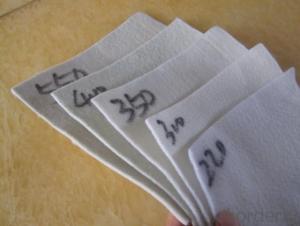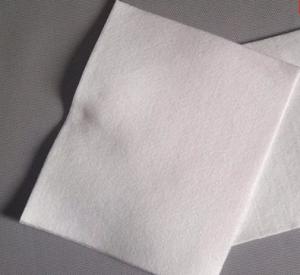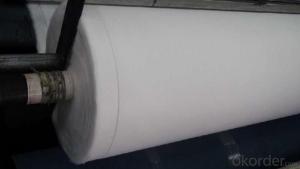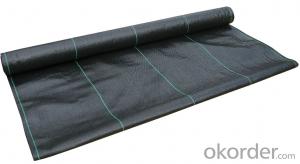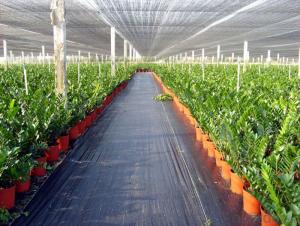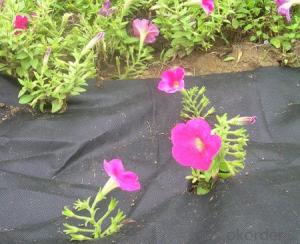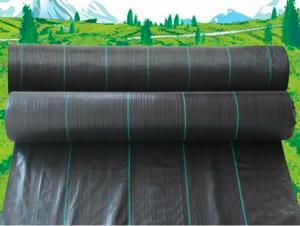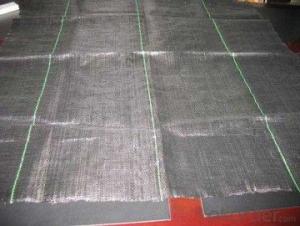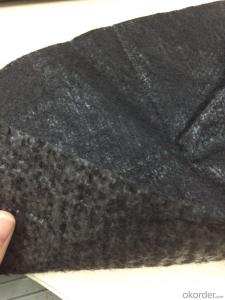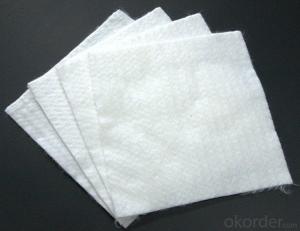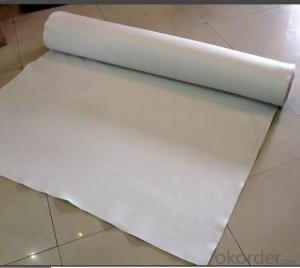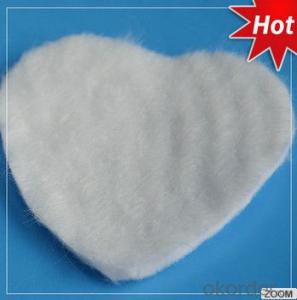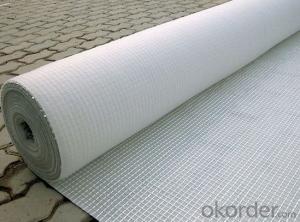Lowes Non Woven Geotextile Fabric / PP Woven Fabric / Groundcover / Weed Mat Fabric
- Loading Port:
- China main port
- Payment Terms:
- TT OR LC
- Min Order Qty:
- 5000 m²
- Supply Capability:
- 1000000 m²/month
OKorder Service Pledge
OKorder Financial Service
You Might Also Like
Introduction
Geotextiles are composed from synthetic polypropylene/polyester fibres through a mechanical process of needling the fabric and adding, when necessary, a thermo fused process, resulting in a uniform porous structure with excellent tensile strength and chemical deterioration.
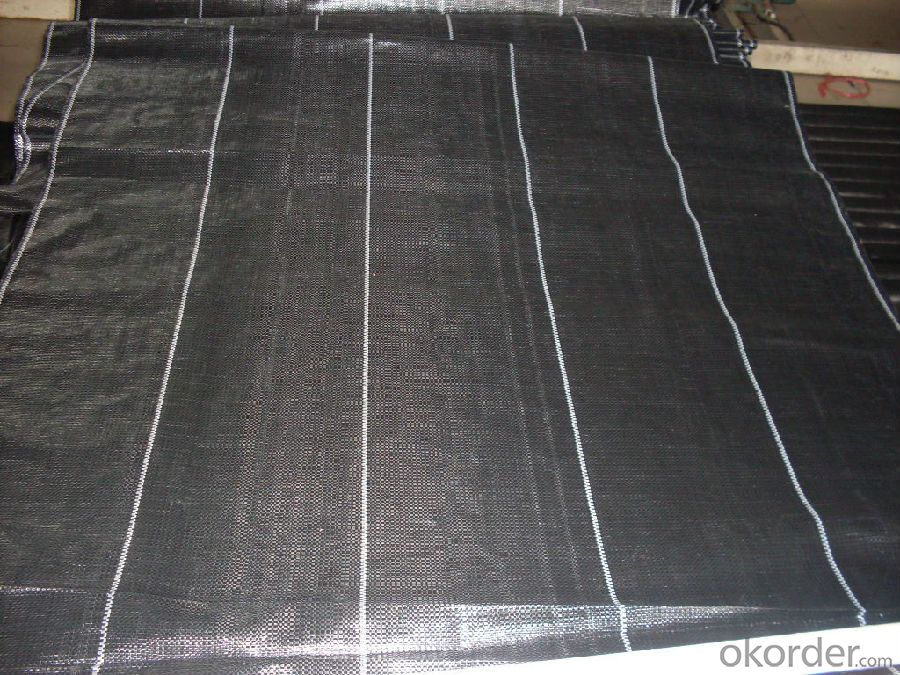
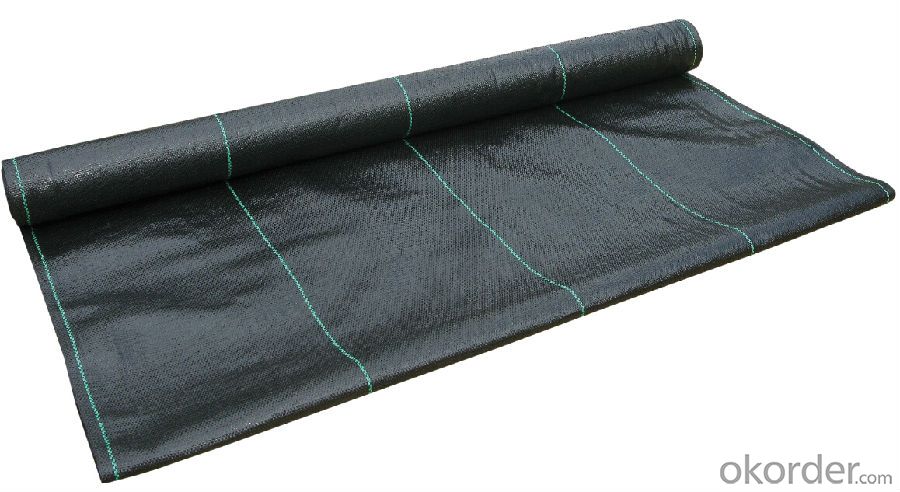
Specification
1) Weight / Mass: 75g/m2-400g/m2 .
2) Width: Within 8 m (1m-8m)
3) Length: 50m-100m/roll (as request)
4) Material: PP
5) Color: Black , white , grey, others
6) Certificate: CE/ISO9001, ISO14001 .
7) Manufacturing method: nonwoven / woven.
8) The biggest geotextile manufacturer/factory in China for many years . The equipment is introduced from Germany.
9) This geotextile can be made of polypropylene (PP).
10) The mass is available from 75g/m² to 400g/m² and the width available from 1.0m-8m, monolayer or multilayer (reinforcement geotextiles), long fiber or short fiber.
Application
Major functions: Separation, filtration, drainage, reinforcement, protection, and liquid barrier
1) Filtration
The filtration layer of the dykes, river canal, seacoast, concrete slope, retaining walls. At the same time of preventing the clay granule from passing, it allows the water and the gas pass through freely.
2) Separation:
The isolation of the railway dregs and the roadbed, roadbed and the soft base, surface of the airdrome and parking lot and the groundsill, different dam materials. It isolates the soil and the gravel of two kinds different granule pathway from the groundsill or other buildings.
3 )Reinforcement:
The highway, railway, soil-stone dam, breakwater, airport, backfill soil of retaining wall, slope protection, etc in which distributes the earth stress, prevents the side-displacement of the earth body and improves the earth body stability.
4 )Protection
It prevents the bank from being washed out, protects the bank and the bottom, prevents the water and soil from being washed away.
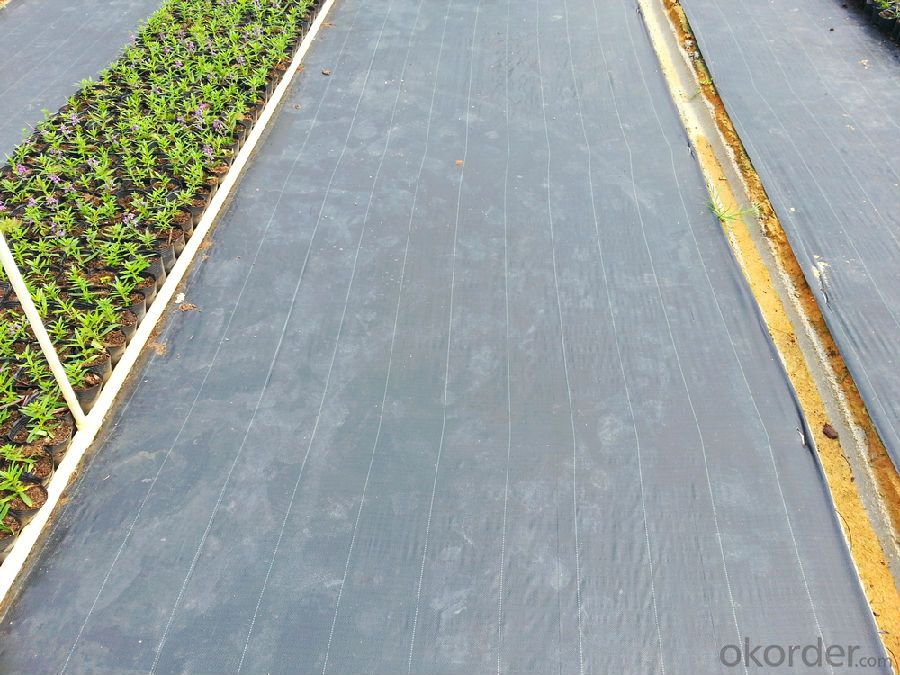
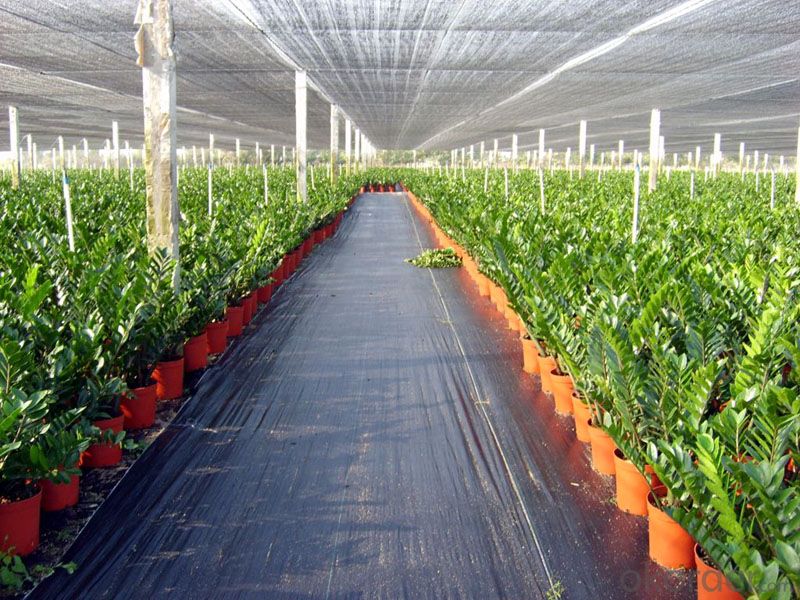
FAQ:
Q1: What is your minimum order quantity?
A:The minimum order quantity is 5000 ,but it is negotiable.
Q2:What is your payment terms?
A: T/T,Western Union,Paypal,L/C...
Waiting to cooperate with you!
- Q: What is a geotextile?
- A geotextile is a synthetic material that is used in civil engineering and construction projects to separate, filter, reinforce, or drain soil and other materials. It is designed to provide strength, stability, and durability to the soil, while also allowing water and other liquids to pass through.
- Q: How do geotextiles contribute to soil consolidation?
- Geotextiles contribute to soil consolidation by providing reinforcement and stabilization. They act as a barrier that prevents soil particles from being washed away by water or eroded by wind. This helps in maintaining the integrity and compactness of the soil, leading to improved consolidation and increased load-bearing capacity. Additionally, geotextiles can also distribute the applied load more evenly, reducing differential settlement and promoting a more uniform consolidation process.
- Q: Can geotextiles be used in erosion control in stormwater detention ponds?
- Yes, geotextiles can be used in erosion control in stormwater detention ponds. These permeable fabrics can provide stabilization and reinforcement to the soil, preventing erosion and promoting efficient stormwater management in detention ponds. They can be installed as filters, liners, or erosion control blankets, effectively reducing sediment runoff and protecting the pond from erosion caused by heavy flows and wave action.
- Q: Water stability grassroots health permeable geotextile or plastic film is good?
- To achieve the desired health, filter the effect of water, must be geotextile, only to cope, it can only be plastic film friends
- Q: Can geotextiles be used in the construction of artificial ponds?
- Yes, geotextiles can be used in the construction of artificial ponds. They are commonly used as a lining material to prevent soil erosion, filter water, and provide stability to the pond's structure. Geotextiles help to retain water and create a durable barrier that prevents leakage in the pond.
- Q: How do geotextiles help with soil separation?
- Geotextiles help with soil separation by creating a barrier between different soil layers. They prevent the mixing of different soil types, which can lead to soil erosion and instability. Geotextiles also enhance drainage and filtration, allowing water to pass through while retaining soil particles, further aiding in soil separation.
- Q: Can geotextiles be used in embankment reinforcement?
- Yes, geotextiles can be used in embankment reinforcement. Geotextiles are commonly used in civil engineering projects to improve the stability, strength, and durability of soil structures such as embankments. They are placed within the soil layers to provide reinforcement, filtration, and drainage capabilities, reducing the risk of erosion and enhancing the overall performance of the embankment.
- Q: Are geotextiles suitable for use in groundwater remediation systems?
- Yes, geotextiles are suitable for use in groundwater remediation systems. Geotextiles are permeable fabrics designed to separate, filter, reinforce, or drain soils, making them an effective solution for groundwater remediation. They can be used to create barriers, filter contaminants, and facilitate water flow, helping to improve the overall efficiency and effectiveness of groundwater remediation systems.
- Q: Can geotextiles be used in the protection of groundwater sources?
- Yes, geotextiles can be used in the protection of groundwater sources. Geotextiles are permeable fabrics that can effectively filter and separate soil particles, preventing them from contaminating groundwater sources. They can be used in various applications such as erosion control, drainage systems, and landfill liners to ensure the protection and preservation of groundwater quality.
- Q: What are the different geotextile installation techniques in erosion control?
- Some of the different geotextile installation techniques in erosion control include trenching, anchoring, stapling, and sowing. Trenching involves digging a trench and placing the geotextile into it, allowing it to filter water runoff and prevent erosion. Anchoring involves securing the geotextile to the ground using stakes or other fasteners to prevent movement. Stapling involves using staples or pins to secure the geotextile to the ground, providing stability and erosion control. Sowing refers to mixing seeds with the geotextile material and then laying it down, allowing vegetation to grow and reinforce the soil. These techniques can be used individually or in combination to effectively control erosion.
Send your message to us
Lowes Non Woven Geotextile Fabric / PP Woven Fabric / Groundcover / Weed Mat Fabric
- Loading Port:
- China main port
- Payment Terms:
- TT OR LC
- Min Order Qty:
- 5000 m²
- Supply Capability:
- 1000000 m²/month
OKorder Service Pledge
OKorder Financial Service
Similar products
Hot products
Hot Searches
Related keywords
